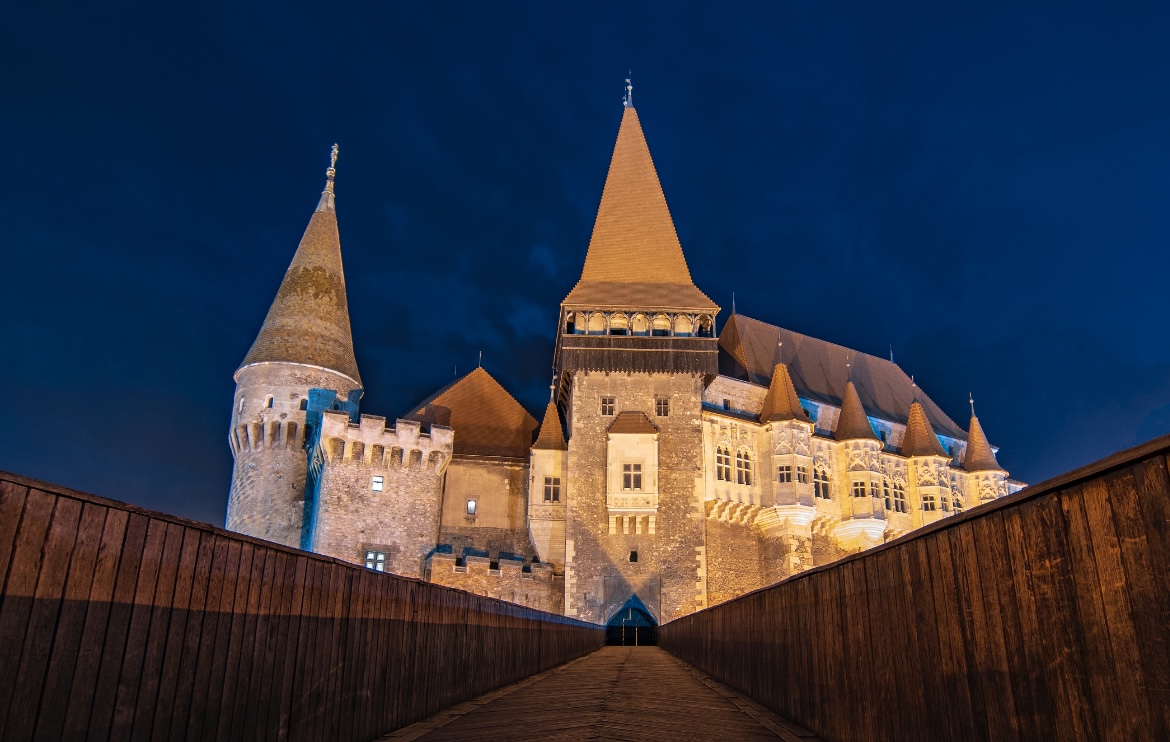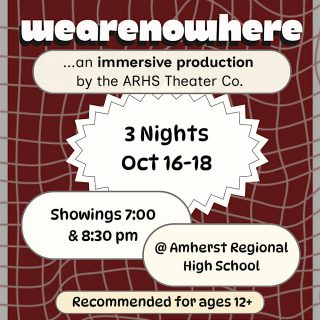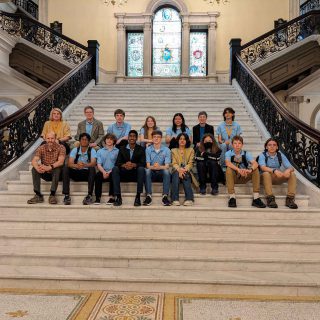Ten years in the making: ‘Nosferatu’ is gripping revival of classic 1922 film

Nosferatu, directed by Robert Eggers, is a Gothic retelling of the classic vampire story and draws inspiration from many spheres of literature, film, and folklore. Eggers is well known for his eerie period pieces such as The Witch, The Lighthouse, and The Northman. Starring Lily-Rose Depp, Nicholas Hoult, Bill Skarsgard, Aaron Taylor Johnson, Emma Corrin, and Willem Dafoe, Nosferatu was released on December 25, 2024.
Nosferatu is set in 19th-century Germany, where newlyweds Ellen and Thomas Hutter live together in a fictional city called Wisborg. Thomas works as a real estate agent and is sent to Transylvania to finalize a sale with Count Orlok, who plans to move to Wisborg. Ellen urges Thomas not to leave her, as she has been tormented by seizures and dreams of death. The film follows the couple as a series of sinister events ensue.
The film’s primary source material is the 1922 film Nosferatu: A Symphony of Horror, directed by German filmmaker F. W. Murnau. This film was an unauthorized adaptation of the Bram Stoker novel Dracula, published in 1897. As a result of this, Stoker’s widow attempted to destroy all copies of the film. Nosferatu has been readapted one other time in the 1970s, in the film Nosferatu the Vampyre, directed by Werner Herzog. The 2024 adaptation takes lots of inspiration from the original sources as well as Eastern European vampire folklore, adding to its historic and mysterious vibe.
The movie has been 10 years in the making, having been rejected and abandoned many times. Eggers’ preparation for the project was extensive. As a teenager, Eggers directed a stage adaptation of Nosferatu at his high school. To prepare for writing the screenplay for the 2025 film, Eggers wrote a novella, a small novel recounting the events of the story.
The on-set production of the film was similarly exhaustive, and no expense was spared of their 50 million dollar budget. Many scenes were actually shot by candlelight, maintaining the historic feel of the film. Various scenes throughout the film feature plague rats, as a symbol of the death Count Orlock brings with him to Wisborg. The rats featured in these scenes are real, and as such there were over five thousand live rat actors needed on the set. Eggers’ commitment to the unsettling and disturbing vibe of the movie comes across well on screen.
There is a lot of disagreement amongst fans and viewers of the film as to what Count Orlok represents within this story. Some argue that Orlok is a manifestation of Ellen’s desires and shame, leaning into the realm of gothic romance. Others argue that he represents a more sinister evil, targeting Ellen for her soul, and acting as a form of sexual predator. After seeing the movie and reading some of the source material, it is my opinion that Orlok is not a romantic pursuer of Ellen, and is, in fact, a manifestation of the world’s evil, preying on a troubled young girl.
In her youth, Ellen calls out to a divine being for relief from her despair. Orlock is the one who answers and begins to haunt her dreams, which continues until his defeat – and Ellen’s death. The film is a story of sacrifice, the sacrifice of a girl whose innocence has been taken from her, and gives herself up to protect those she loves.
The film itself is striking. The cinematography is incredible, and the sound design is unique and gripping. There were many scenes throughout the film that had me completely enthralled as if I were the one experiencing the events. As someone who doesn’t tend to enjoy jump-scare-style horror, I would say this is a great, tense, and spooky movie. I did feel a bit squeamish at some points during the film, as there were fairly graphic scenes of vampire activity.














